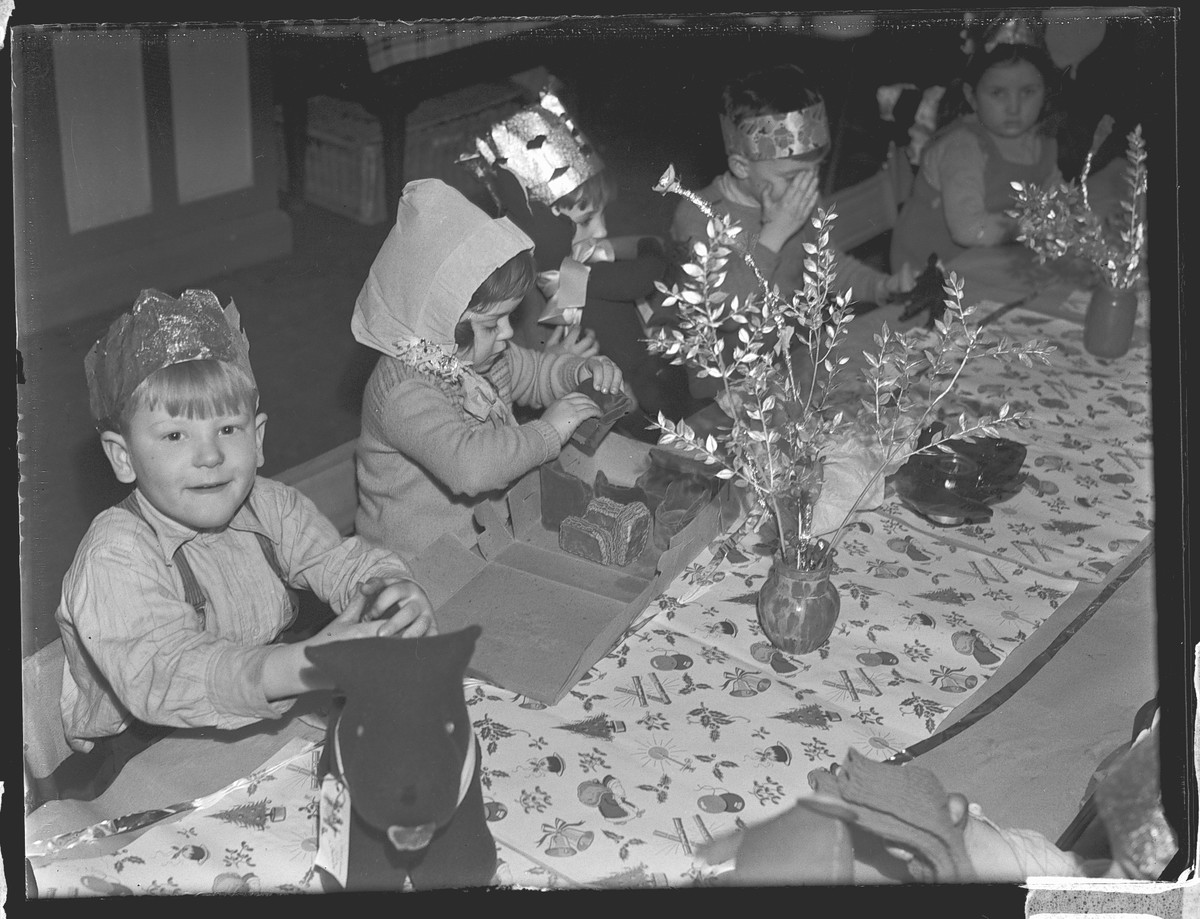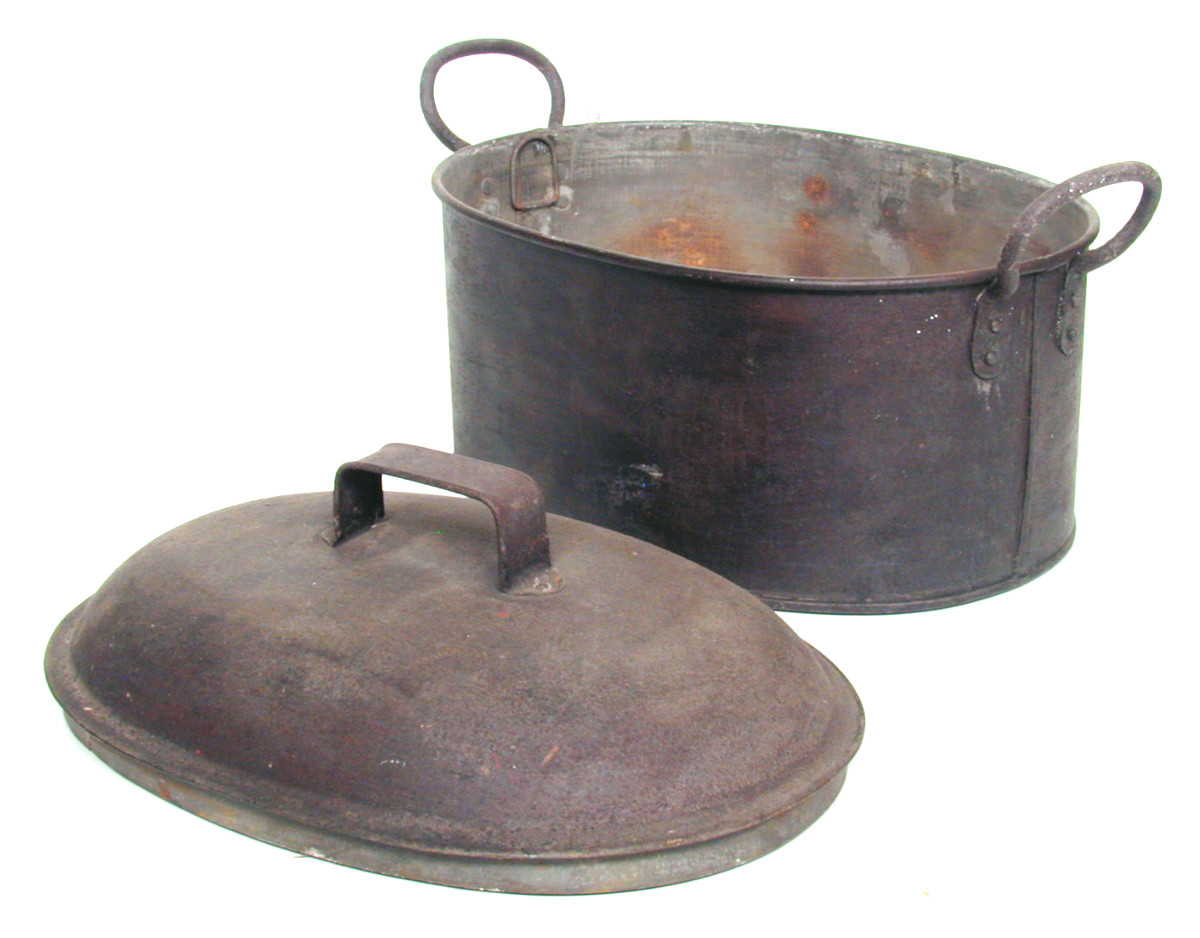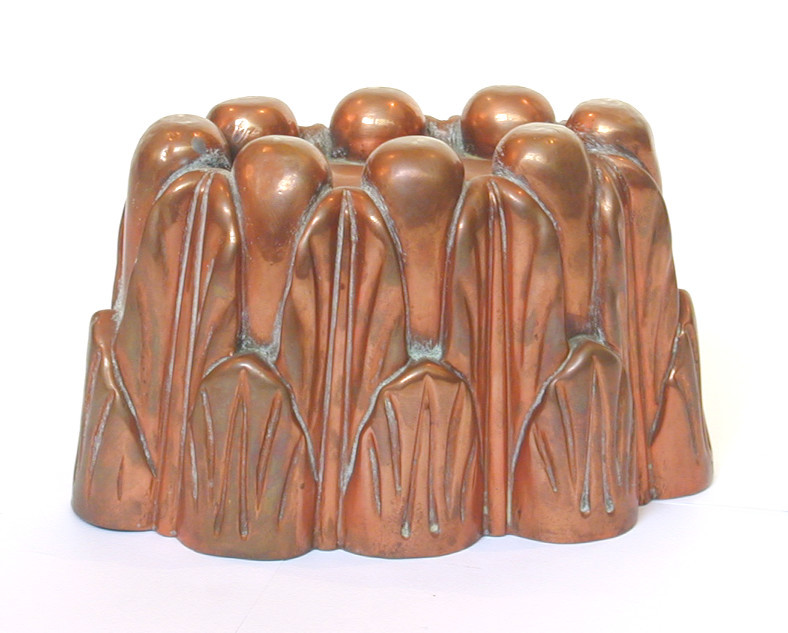The history of British Christmas food
In this guest blog, join researcher Tamisan Latherow from the University of Reading as she explores the food history of two staples of Christmastime: Christmas punch, and Christmas dinner.
Christmas Punch
In the December 16th 1935 edition of The Farmer and Stock-Breeder Gazette, writer Hereward Maitland presents the part-humorous, part-terrifying history of Christmas punch, a drink that became ubiquitous on the the Christmas tables of so many pieces of British literature and art, including Charles Dickens’ iconic A Christmas Carol (1843) and David Copperfield (1850).
Punch—which Maitland describes as ‘probably responsible for more early deaths at this time than all of the wars of Europe’—was first introduced in Britain in the late 1600s. It originated here with sailors returning from India (Maitland, 1935). Maitland writes: “The name ‘punch’ is [thought to be] derived from a Hindustani word meaning ‘five’ – relating to the five ingredients: spirit, water, sugar, lemon and spice”.

In recent years, this concept has been brought into question, especially by contemporary historian David Wondrich. In his 2010 book Punch, Wondrich explains that the first written reference to the drink appears in 1632. It was recorded by a sailor from the British East India Company named Robert Addams, and was followed six years later by the first recipe in 1638. Wondrich writes that it was Johan Albert de Mandelslo, a German factory manager in Surat, India, who “recorded that the workers there made ‘a kind of drink consisting of aqua vitae, rose-water, juice of citrons and sugar'”.
Christmas punch became excessively popular with those in the political arena, including people who purposed temperance during the 1830s to 1870s (Harrison, 1967). This was possibly due to the excessive cost of the ingredients, or the odd tradition of using the family punch bowl as a baptismal font (Chambers, 1832; DePeyster Family Bowl ‘object’ collection, 2021). As Chambers (1832) explains: “no young married couple ever thought of buying a punch-bowl; it was always presented to them by a near-relative”.
Flaming the drink became popular in the Victorian era and is shown frequently in the media of the time. In David Copperfield, Dickens’ narrator declares: “I never saw a man [Mr. Micawber] so thoroughly enjoy himself amid the fragrance of lemon-peel and sugar, the odour of burning rum, and the steam of boiling water” (Dickens, 1850).
Regardless of the whys and wherefores, one of the strangest punch-related anecdotes comes from October 15 1694. Admiral Edward Russell—then commander of the Mediterranean Fleet—threw a party in Alicante, Spain, with a punch bowl so large it was housed in an orange grove and contained a ship’s-boy in a specially made boat, rowing around and filling up the cups of Russell’s 6,000 guests (Chambers, 1832)!

The mixing order of punch was so well known there was even a little rhyme: ‘The strong, the weak, the sour, the sweet’. And whilst cooks often took liberty with their punch’s ingredients (as they do today), the quantities used by Admiral Russell demonstrate just how much money was available to them at the time. Sourced from all over the British Empire, they gesture a not-so-subtle nod towards British imperial might and power, including:
- 44 hogsheads of brandy
- 1 pipe of Malaga wine
- 20 gallons of lime juice
- 2,500 lemons
- 13 cwt. of fine sugar
- 5 lbs. nutmegs
- 8 hogsheads of water
We can only assume the headache in the morning when they finally slept it off. And if you wish to try and make a batch of your own (albeit a much smaller one), then try the recipe below. Bonus points if you make a boat to sail in it.
A recipe for Christmas Punch
“Take a gallon jug. Put in 3 or 4 lb. of sugar, 1 tumbler of lemon juice and the grated rind of the lemons. Add 1 pint of brandy and 1 pint of water. If spice appeals to you, add not more than half a grated nutmeg. Fill up with boiling water poured from a height – this last being traditional!” (Maitland, 1935)
A Christmas Dinner Menu
The holiday season isn’t about just drinking. It’s about food and family and being thankful.
In the same edition of The Farmer and Stock-Breeder Gazette as Maitland’s remarkable tales of punch of yore, writer Elizabeth Craig offers several recipes and a sample menu for a 1935 Christmas dinner which as decadent as it is rich.
For a starter we begin strong with clear hare soup with custard balls. Then it’s a main of roast turkey, chestnut gravy, liver stuffing, roast potatoes, and buttered green peas. And to round the meal off we have plum pudding, brandy custard sauce, Christmas baskets, or a Yule fruit salad dessert, and nuts.

Those wishing to add a bit of 1935 flare to their holiday table (to complement their Christmas drink) can try their hand at the following recipes by Ms. Craig:
Christmas Baskets
- 3 grapefruits
- Cream to decorate
- 1 packet tangerine jelly
- 1 egg yolk
- A few grapes
- 1/4 pint milk
- Angelica handles
Dissolve jelly in hot water and leave till cold. Halve grapefruit. Remove pulp and squeeze juice from it. There should be 1/4 pint juice. Add to jelly. Make a custard with the egg yolk and milk [mix together of a pot of hot water until semi-settled]. Cool and add to jelly. Divide mixture between grapefruit shells when it is beginning to set. When firm, decorate with whipped cream and grapes, and make handles of angelica. Enough for 5 or 6 persons. (Craig, 1935)

Yule Salad
- 1 lb. grapes
- 1 pear
- 1 tin pineapple
- 2 peaches
- Juice 2 tangerines
- 2 sliced bananas
- 1 tablespoon maraschino syrup
- 2 tablespoons maraschino cherries
- Whipped cream to serve
Skin and seed grapes. Mix in a bowl with strained tangerine juice. Add peeled and diced or sliced fruit. Pour over syrup. Serve with whipped cream. Enough for 8 persons. (Craig, 1935)
A third-year PhD Candidate in the School of Agriculture, Policy and Development at the University of Reading, Tamisan Latherow researches women’s participation in English agriculture (1920-1960) in conjunction with The Museum of English Rural Life, and agroecological farming systems for Martian food production with the School of Biological Sciences.
Have a MERLy Christmas!
Thank you for joining us in this final Christmas blog of 2021, as well as throughout the year!
From all of us at The MERL, we wish you a very Merry Christmas, a Happy New Year, and a restful holidays.
For more Christmas reads, delve into our exploration of the history of Christmas servants’ balls, or enjoy our round-up of collection items to the music of our favourite Christmas songs.
And if you’d like more recipes, how about cooking a 1970s cheese curry?
References
Chambers, R. (1832). Punch and Punch-bowls in ‘The Book of Days’. London: W. and R. Chambers Ltd.
Craig, E. (1935, December 16). Good Cheer for Christmas. Supplement for the “Farmer and Stock-Breeder” Gazette, p. 27.
DePeyster Family Bowl ‘object’ collection. (2021). Retrieved from New York Historical Society Museum and Library: https://emuseum.nyhistory.org/objects/25046/bowl
Dickens, C. (1850). David Copperfield. London: Bradbury & Evans.
Harrison, B. (1967). Drink and Sobriety in England 1815-1872: A Critical Biography. International Review of Social History, 12(2), 204-276.
Maitland, H. (1935, December 16). The Christmas Punch Bowl. Supplement to “Farmer and Stock-Breeder” Gazette, p. 23.
Wondrich, D. (2010). Punch: The Delights (and Dangers) of the Flowing Bowl. New York: Perigee.

One thought on “The history of British Christmas food”